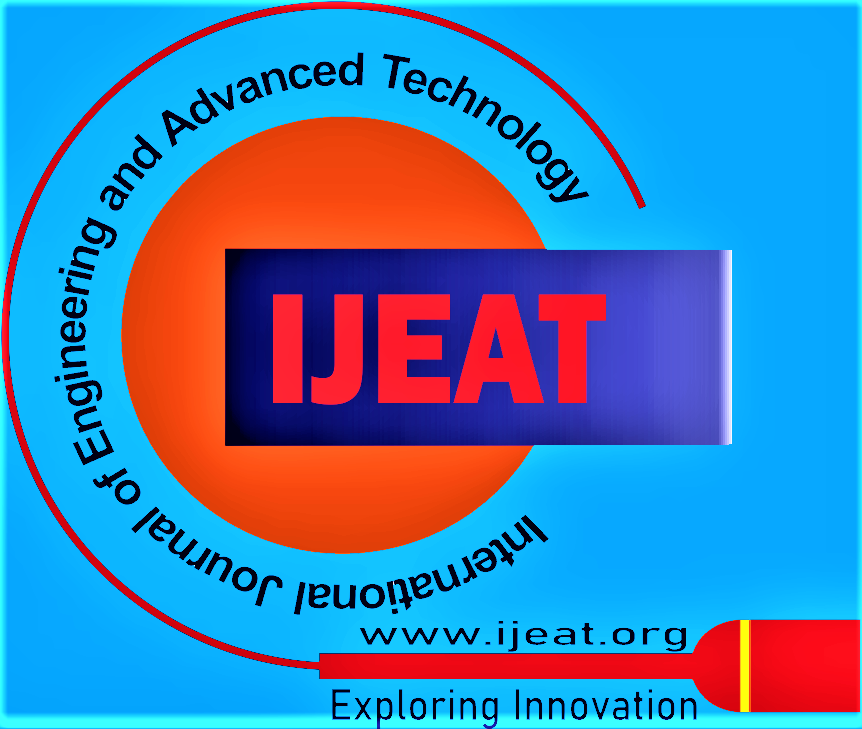![]()
Model of WebGIS Based Sustainable Smart Land Use for Merauke Regency South Papua
Heru Ismanto1, Abner Doloksaribu2, Diana Sri Susanti3
1Heru Ismanto, Department of Informatics Engineering, Universitas Musamus Merauke, South Papua, Indonesia.
2Abner Doloksaribu, Department of Civil Engineering, Universitas Musamus Merauke, South Papua, Indonesia.
3Diana Sri Susanti, Department of Agroteknologi, Universitas Musamus Merauke, South Papua, Indonesia.
Manuscript received on 13 September 2023 | Revised Manuscript received on 20 September 2023 | Manuscript Accepted on 15 October 2023 | Manuscript published on 30 October 2023 | PP: 43-48 | Volume-13 Issue-1, October 2023 | Retrieval Number: 100.1/ijeat.A43011013123 | DOI: 10.35940/ijeat.A4301.1013123
Open Access | Editorial and Publishing Policies | Cite | Zenodo | Indexing and Abstracting
© The Authors. Blue Eyes Intelligence Engineering and Sciences Publication (BEIESP). This is an open access article under the CC-BY-NC-ND license (http://creativecommons.org/licenses/by-nc-nd/4.0/)
Abstract: Smart and sustainable land use is the key to answering development challenges in the modern era. In the context of Merauke Regency, South Papua, rapid economic growth and significant environmental changes demand an integrated approach to managing land use. This research presents an innovative WebGIS-based model that integrates geospatial information technology with land-use analysis to provide sustainable solutions. Through the integration of spatial data, predictive analysis, and stakeholder participation, this model enables stakeholders to explore alternative land-use scenarios and evaluate their environmental, economic, and societal impacts. The performance evaluation stage of the model demonstrates its ability to represent existing land-use patterns accurately. Validation with actual land-use data confirms the model’s ability to reproduce the distribution of agricultural areas and protected forest areas. Furthermore, the evaluation of the environmental impact of the model’s results indicates that the model is capable of predicting the environmental impact of alternative land-use scenarios. Consultation sessions with stakeholders proved the importance of their participation in the validation and adaptation of sustainable solutions. The results of this study indicate that the WebGIS-based Smart Land Use model has great potential in assisting sustainable planning and decision-making in Merauke Regency. However, further validation and refinement of the model are necessary to enhance its accuracy and validity. This research offers valuable insights into the integration of geospatial information technology in sustainable development, guiding the development of similar models in other regions.
Keywords: Smart Land Use; WebGIS; Sustainable Land Use; Spatial Data Integration; Sustainable Development.
Scope of the Article: System Integration
